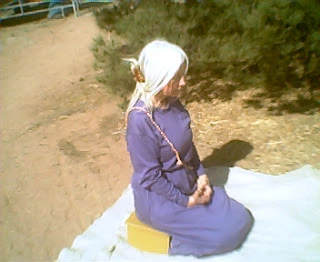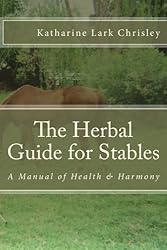Pasture grass is dangerous for horses. Pasture is the best food for horses.
Never feed alfalfa to horses. Alfalfa is the best hay for horses.
Riding bitless is the kinder choice. The nerves in the horse’s face can be damaged by bitless bridles. Using a snaffle bit is milder than a curb bit. The curb bit can convey signals in a softer way.
Never feed treats to horses. Use treats with a signal to mark behavior and train with kindness. “Show the horse who’s boss”. A horse can feel a human heartbeat.
Never hard tie a horse. Horses need to know how to stand tied… getting the picture here?
Horse people have hard-wired opinions from their experiences with a horse/horses and it will always be backed by what did or did not happen when they were gaining that experience. The magnitude of opinions and studies and shifting perspectives can become a confusing mess for anyone starting out (even for those of us with long time experience) in the horse world.
We “old-timers” try to stay open and flexible to new ideas/studies, while holding tight to what we really do know is best for our horses. And that is the key – our horses. Each horse is an individual with specific needs, metabolisms, experiences (that “well of positive and negative experiences”) and personalities. And to be honest, sometimes what heals one horse might damage another.

So how do we navigate the horse world, now filled to bursting with internet sites, social media and Veterinary studies at our fingertips? We can take things at face value or with “a grain of salt” while keeping a discerning open mind, not only about the source, but the applicability to our own circumstances – and that of our horse(s). But that is not easy for the new horse person. No source is going to diminish their own credibility with disclaimers or other opinions contrary to their own. And the reality is, they are drawing from what worked for them from their individual experiences.
Now the good thing here is that there are many paths to the “truth” and sometimes another person’s path is something we can glean insight from, even revelation, from reading or watching. My Mantra is, “if it helps a horse, it’s good; if it harms a horse, it’s bad”. And extremes are often questionable on any front.
The “Middle Way”, a Buddhist principle (I’m Buddhist, that Dharmahorse thing is a clue) is a very good measure of anything presented as a training, feeding, handling or healing methodology. At the Sanctuary, we do not feed composite horse feeds (with fillers and sugar and animal fats and such) – but we have fed Senior Feeds when a horse would not or could not eat anything else… a compromise, I admit, yet necessary sometimes because horses need to eat something. When the herbs we use just have not helped with pain or infection, we use pharmaceuticals – we have to be humane. It isn’t forsaking our protocols, it is taking the middle way to do what helps a horse. Same thing with “training” because we intake horses with such a plethora of experiences – good ones and bad ones.
It is the decades of experience that helps us choose a path for an individual horse. Gaining that experience meant knowing (and loving) thousands of horses. That is not often a possibility for a horse person (that taking decades part!), so vicarious experience through videos and reading can fill a big gap. I believe the real key here is to practice discernment and keep your own horse’s needs in mind. If a teacher/presenter is derogative towards the horse or to people, walk away. Attitude will tell all. There are so many other possible sources of information. Find someone who edifies the horse and the relationship with them.
Just because someone is very vocal or has a huge following does not mean they are “the gospel” in the horse world. Keeping things simple can be the foundation for a good life with our horses and being an advocate for our own horse(s) will always pull us in the right direction.










